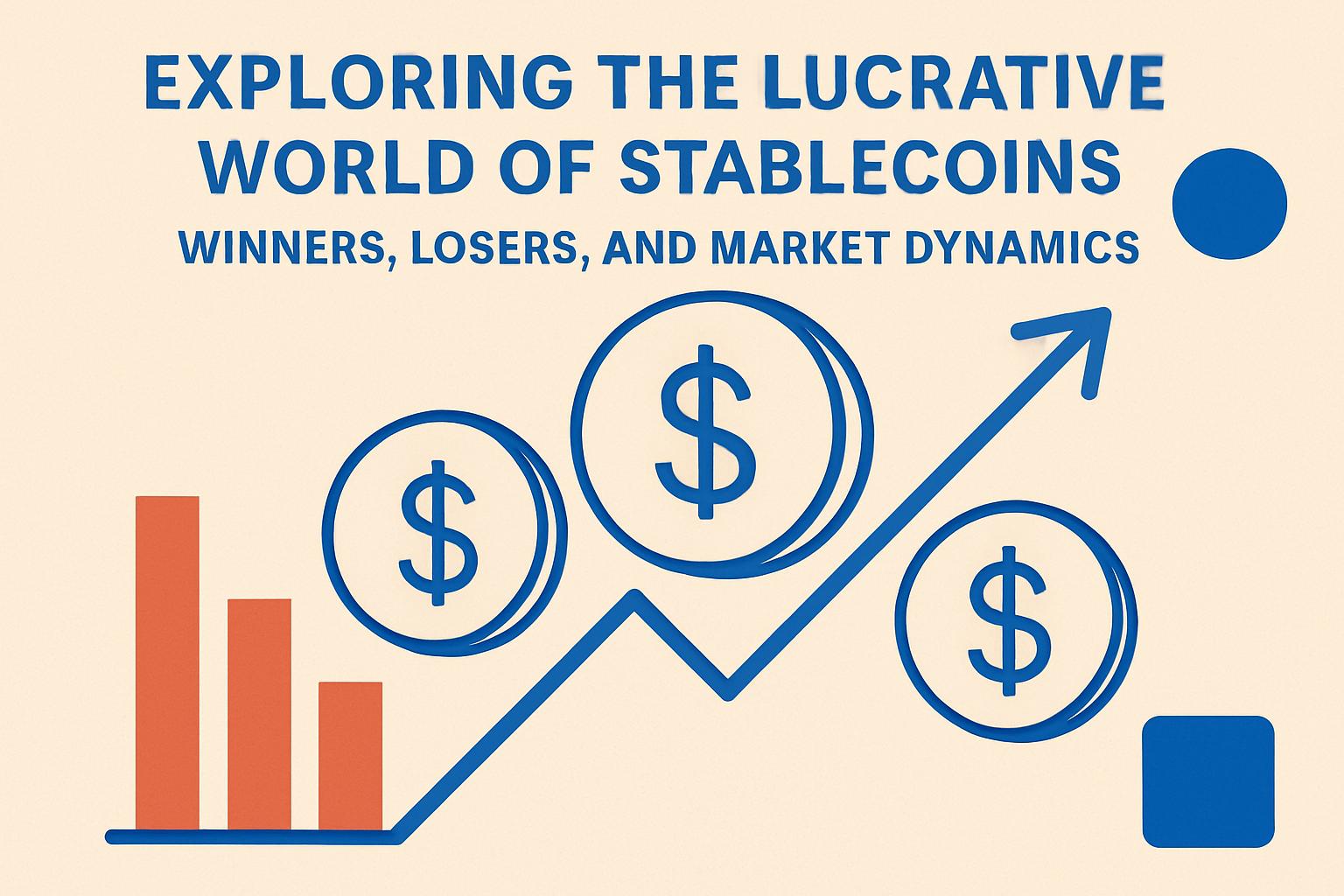Stablecoins have emerged as one of the hottest topics in the cryptocurrency market this year. The astronomical profits reported by Tether—earning $4.9 billion in a single quarter—and the transparent financial disclosures of Circle post-IPO, have triggered a wave of interest from companies aiming to launch their own stablecoins. But the question remains: are stablecoins truly the lucrative venture they seem to be?
Behind the Stablecoin Gold Rush
As @_FORAB pointed out, one of USDC’s biggest challenges is the transparency that comes with its public financial records. Circle’s earnings largely come from yield on U.S. Treasury securities, enticing asset managers, enterprises, and DeFi projects to create their own stablecoins alongside dedicated payment blockchains.
From MetaMask’s mUSD and Wyoming’s FRNT to EU and U.S. banking considerations, there is no shortage of interest in developing proprietary stablecoins.
The DeFi Misconception: Not All That Glitters Is Gold
Veteran researcher Hasu warns against the misconception that the stablecoin market is more profitable than lending markets, labeling it one of DeFi’s largest misunderstandings. He emphasizes that both stablecoins and lending rely on interest margins, but only those like USDT and USDC with broad liquidity and acceptance can leverage additional value from their transferability.
Aave’s GHO stablecoin serves as a cautionary tale—the high issuance cost (8%) far outweighs its returns (1-2%), resulting in a deficit of 6-7% per annum for each circulating GHO coin. Despite Aave’s dominance in lending, replicating this success in stablecoins proves challenging.
The Value Stack of Stablecoins
Nathan, Plasma’s Growth Manager, conceptualizes stablecoins’ value accumulation into four tiers:
- The issuers as the primary beneficiaries, with Tether earning $14 billion in interest from treasuries in 2024 alone.
- Blockchain networks like Ethereum and Tron, benefiting from transaction and transfer fees.
- DeFi infrastructure providers like Aave, Curve, and Uniswap, offering fundamental lending and exchange services.
- Finally, the B2B and B2C applications, seen as the most promising frontier.
Notably, firms such as Stripe and fintech startups like Revolut are set to create tangible use cases for stablecoins, reinforcing their foundational role.
A Lucrative but Challenging Arena
While the stablecoin industry might promise substantial profit potential, it is far from an assured path to wealth. Pioneers like Tether possess significant network effects and capital advantages, cementing their positions as market leaders. Latecomers must navigate high initial costs and find unique market niches to carve out their success in this evolving landscape.

![[News] Bitcoin at a Turning Point? 10x Research Signals a Bullish Macro Shift Ahead](https://cryptoexplores.com/wp-content/uploads/2025/06/new20250616.jpg)
![[News] Binance Lists $HOME, the Gas-Free, Bridge-Free All-in-One DeFi App](https://cryptoexplores.com/wp-content/uploads/2025/06/news20250617.jpg)